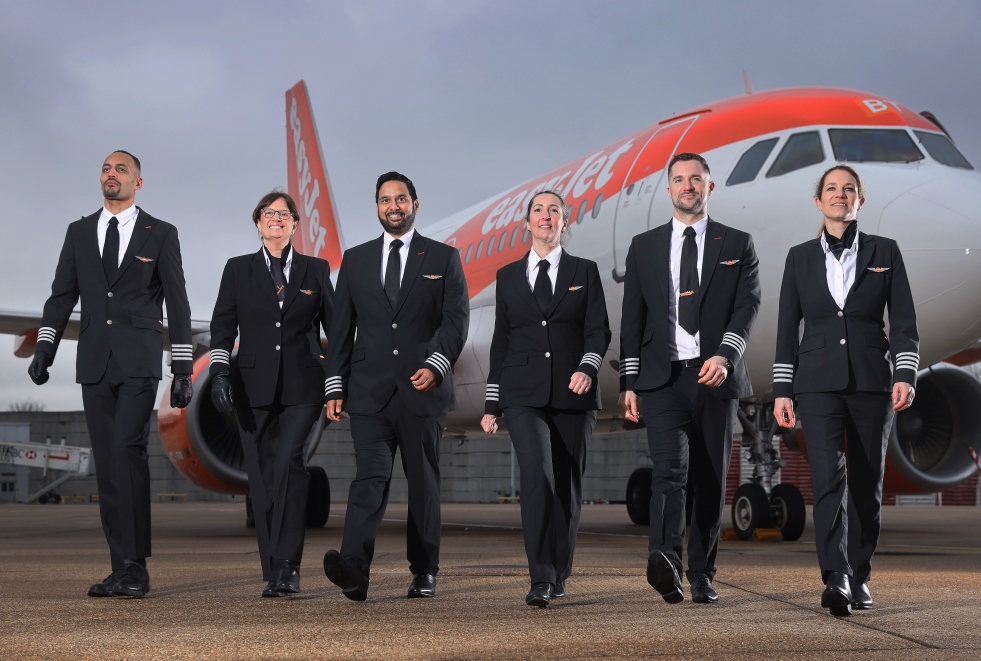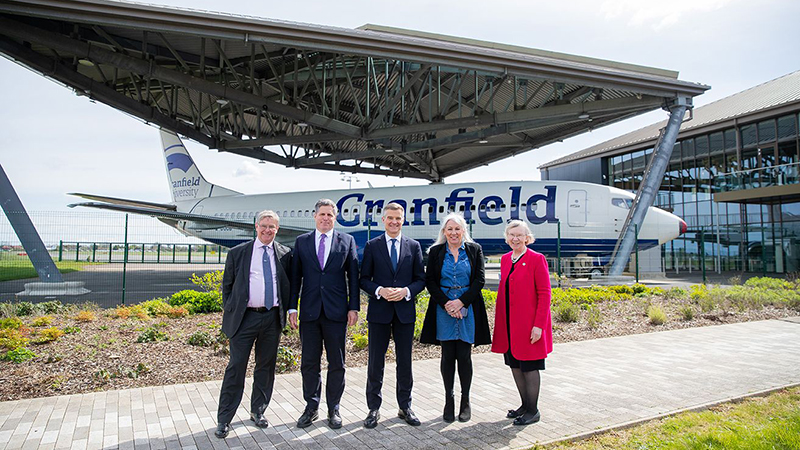Connected aircraft set to reduce costs and emissions
Analysing current IATA data and primary research including industry interviews with airlines, regulatory agencies, developers and suppliers of aircraft equipment and software solutions, Sky High Economics: Evaluating the Economic Benefits of Connected Airline Operations examines a wide range of efficiencies enabled by the connected aircraft, and their associated benefits.
These efficiencies include fuel savings, a reduction in delays, innovations in maintenance processes, air traffic management enhancements, safety improvements and others. Based on current connected aircraft numbers, the research finds that together these efficiencies can generate up to a 1% reduction in the $764 billion spent by airlines each year in operating costs worldwide[1]. This equates to 20% of the forecast global aviation industry net profit in 2018 ($38.4 billion).[2] As the adoption of connected aircraft is set to rise exponentially, this cost saving is expected to double, saving airlines up to $15 billion globally by 2035.
Fuel savings and reducing environmental impact
Today, the airline industry is experiencing a period of exceptional growth, but the forecast doubling of air traffic by 2035[3] will require a more efficient use of assets to reduce fuel and CO2 emissions, and increase airspace capacity while assuring safety. Optimising flight routes in real time, through IP-enabled communications that provide better weather information to the cockpit, yields an estimated 1% fuel reduction per flight. This equates to 3.39 billion litres of fuel, 8.3 million tonnes of CO2 and $1.3 billion in fuel costs annually[4]. Adding savings accruing in other areas, enabled by enhanced communication to and from the cockpit, fuel efficiencies of 2.5% could be achieved: an annual reduction of 8.5 billion litres and 21.3 million less tonnes of CO2. To put this into context, the current IATA global target for reducing CO2 emissions is an improvement in fuel efficiency of 1.5% per year.
Predictive maintenance reduces turnaround times
Reducing turnaround times and preventing aircraft on ground (AOG) through predictive maintenance is a key priority for airlines; unplanned maintenance is responsible for approximately half of flight delays. Globally, airlines spent $62.1 billion in maintenance, repair and operations costs in 2016, a figure set to reach $90 billion by 2024[5]. The connected aircraft utilises real time data to create a live electronic tech log, in which flight performance data is digitally integrated with maintenance suppliers, allowing airlines and advanced algorithms to identify any maintenance required before the aircraft arrives at its destination. This research forecasts that if such technology halved maintenance costs, it could deliver annual cost savings of $5.6 billion.
Cutting flight delays
Global flight delays are estimated to cost the industry $123 billion each year[6], with weather responsible for nearly 70% of all delays[7]. Through improved navigation capabilities, the connected aircraft’s ability to avoid adverse weather and hazardous conditions could deliver annual cost savings of US$1.3 billion[8]. In addition, crew scheduling is currently responsible for 3% of delays[9]; a 66% reduction in such delays through enhanced connectivity could generate an additional $2.4 billion in annual savings. Where connectivity is fully utilised in disruption management to reduce the impact of delays, cancellations and diversions and enhance predictive maintenance, annual savings have potential to reach $11 billion.
Revolutionising air traffic management
As a result of enhanced satellite connectivity, significant change is underway in air traffic control (ATC) services. IP-enabled, secure real-time data exchange between aircraft and ATC is improving surveillance capabilities and reducing separation minima, allowing airspace to accommodate increasing passenger numbers and an increasing variety of aircraft. The benefits of migrating current radar-based systems to satellite-based navigation, automating aircraft position reporting and providing digital datalink communication between pilots and air traffic controllers could revolutionise air traffic management and save an estimated $3 billion annually.
Dr Alexander Grous (B. Ec, MBA, M.Com, MA, PhD.), Department of Media and Communications, LSE and author of Sky High Economics said: “The forecast doubling of aircraft in the skies by 2035 will create both challenges and opportunities for the global aviation industry. IP-enabled aircraft are an essential step in facilitating growing demand for air travel, while meeting vital safety requirements. The study’s findings highlight not only the powerful commercial efficiencies for airline operations, but crucially, the resulting advantages for safety and environmental impact.”
Frederik van Essen, Senior Vice President, Market and Business Development, Inmarsat Aviation, commented: “This report demonstrates that the connected aircraft is a shrewd commercial decision; unrivalled access to real-time data is reducing airlines’ bottom-line operating costs while reducing emissions and improving safety. Not only that, enhanced connectivity is becoming an operational necessity as our skies become busier. With finite airspace available to accommodate increasing passenger numbers, airlines need to act now and consider the technology and infrastructure they need to future-proof their operations.”
Inmarsat is playing a key part in the digitisation of the aviation industry. Earlier this year, Inmarsat’s SB-S entered commercial service as the first and only global aviation broadband solution for operations and safety communications. SB-S allows airlines to utilise rich, real-time data to drive decision-making, improve operational efficiency and assure the highest levels of safety in the skies. SB-S delivers revolutionary new capabilities to the flight deck through the Electronic Flight Bag (EFB), from real-time weather reports to inflight aircraft health and performance monitoring.















